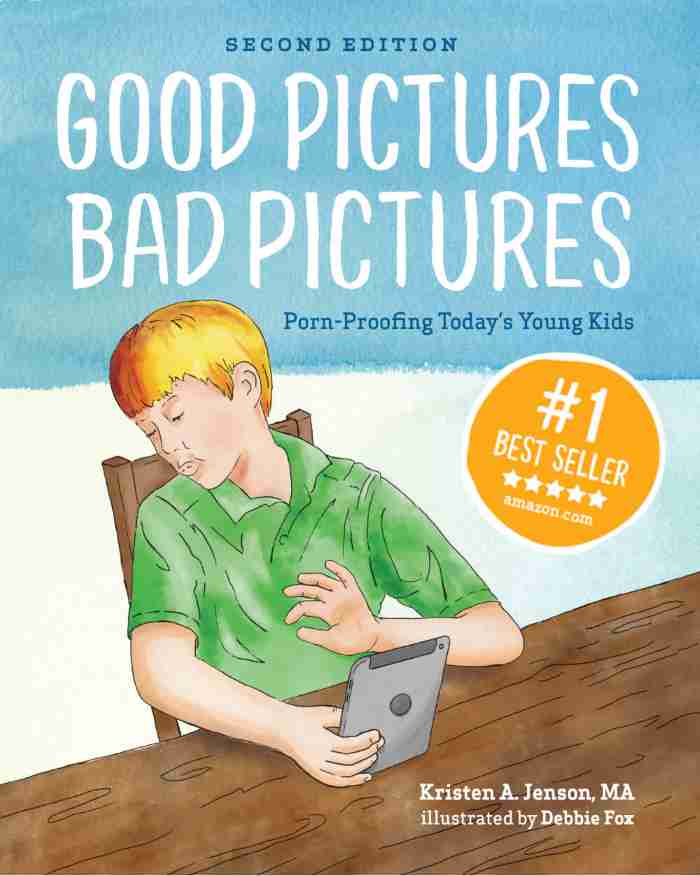

Ultimate Parent Hack: Teach Kids to Use Their “Thinking Brain”
From the time we potty train a toddler to the day she leaves the nest, a big part of growing up is learning to gain control and independence. We teach our kids to master their emotions (so the melt-downs at the grocery store eventually end!). As they mature, they learn to think before they act as they become less impulsive and more deliberate. All of this involves exercising what I call the “thinking brain.”
Thinking Brain versus Feeling Brain

I first coined the term “thinking brain” while writing Good Pictures Bad Pictures: Porn-Proofing Today’s Young Kids. It was a simple way to help children understand how addictions develop—it’s when the impulsive, instinctive and automatic “feeling brain” takes over and hijacks the part of the brain that learns right from wrong, makes plans and puts the brakes on our appetites and desires. To avoid addiction, the thinking brain needs to be the boss! So crucial. (Learn more about your two brains here.)
I wanted to help kids understand that by exercising their thinking brain, they could keep themselves safe from the pull of pornography. And by what I hear back from parents, it’s working!
[[CTA]]
But It Gets Better!
The good news is that parents have reported that these concepts can be helpful in a variety of parenting situations.
- If a child wants to eat right before dinner, a parent can ask, “Can you use your thinking brain to help you wait another 30 minutes for dinner?”
- One mom said she was able to recognize that when her child becomes angry and acts out, this was not a teachable moment. His feeling brain was in charge. Once he was calm, she could ask, “How can you better use your thinking brain to manage your anger next time you get upset?”
- Another mom told us that this model has helped a lot with her sons who are on the autism spectrum. When they are impulsive, she’ll stop and ask, “Are you using your thinking brain or your feeling brain?” This allows them to stop, recognize what is happening, and change their behavior.
- Parents can also model exercising the thinking brain. For example, one of our readers reported that the thinking brain concept helps her to control her holiday candy habit. She says to herself, “Feeling brain, I know you want to eat that Easter candy, but I’m going to use my thinking brain to make a healthier choice!” That’s what I do, too! In fact, I’ve begun my own “thinking brain eating plan” and it's working!

The images in this post are copyrighted illustrations from Good Pictures Bad Pictures: Porn-Proofing Today's Young Kids.
This doesn’t mean we are trying to squelch all emotions or feelings! From my experience, kids actually feel better when they gain control and understand how to appropriately interact with others. From what we’ve heard, kids love the idea of making their thinking brain strong…just like a muscle!
Have you used the "two brains principle" in your parenting? Does it help your kids to gain more control over their impulses?
Has this post been helpful? Please share it with other parents!


Good Pictures Bad Pictures
"I really like the no-shame approach the author takes. It's so much more than just 'don't watch or look at porn.' It gave my children a real understanding about the brain and its natural response to pornography, how it can affect you if you look at it, and how to be prepared when you do come across it (since, let's face it... it's gonna happen at some point)." -Amazon Review by D.O.








